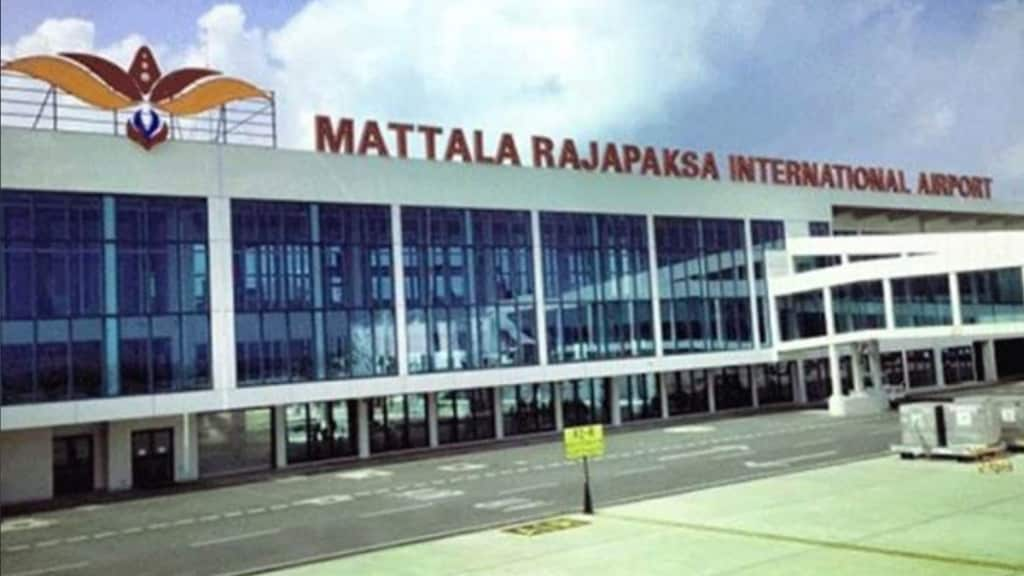In a significant move aimed at revitalizing a struggling asset, Sri Lanka’s Aviation Minister, Nimal Siripala de Silva, announced on Wednesday that the Mattala International Airport in Hambantota will be handed over to a joint India-Russia venture within the next few weeks.
A new era for Mattala Airport
The Mattala International Airport, once dubbed the “world’s emptiest airport” due to its lack of flights, was awarded to the India-Russia joint venture in April. This USD 209 million facility, built during former President Mahinda Rajapaksa’s rule, has been a financial burden due to heavy losses.
Minister de Silva stated, “Action will be taken during the next few weeks to handover the loss-making Mattala International Airport to a joint India-Russia venture.”
The joint venture, comprising Shaurya Aeronautics (Pvt) Ltd of India and Airports of Regions Management Company of Russia, was chosen after the Sri Lankan Cabinet approved the calling of Expressions of Interest in January. Out of five proposals received, the Cabinet-appointed consultative committee awarded a 30-year management contract to the India-Russia consortium.
Mattala Airport, named after Mahinda Rajapaksa, was a key infrastructure project during his nearly decade-long rule. The project was funded primarily through high-interest Chinese commercial loans, with USD 190 million of the total USD 209 million cost coming from a loan from the Exim Bank of China. Despite its grand opening, the airport has struggled financially since its inception, prompting the government to seek commercial partners for its management since 2016.
In addition to the airport news, Minister de Silva also highlighted ongoing development at the northern Kankesanthurai port, which is being upgraded with Indian assistance worth USD 69 million. This development is part of broader efforts to enhance Sri Lanka’s infrastructure and economic connectivity.
The handover of Mattala Airport to the India-Russia joint venture is seen as a strategic move to turn around the airport’s fortunes and improve regional connectivity and economic prospects.


